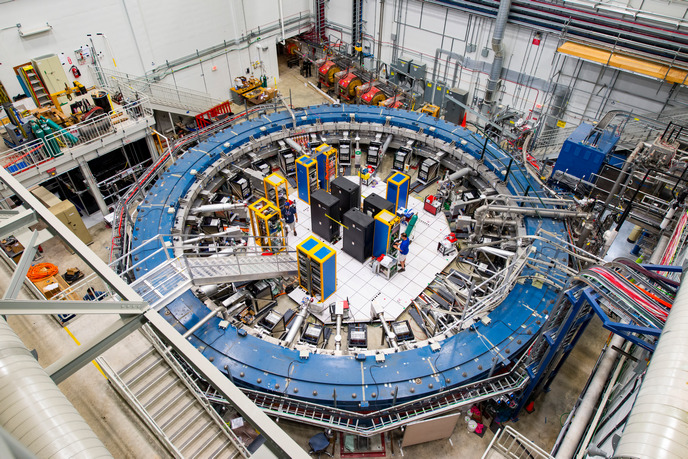New research could change the way we understand the universe
Are there fundamental flaws in the way we think the universe works? The rules of physics help in our understanding of the universe and how we have been able to manipulate and react to it. All forces we experience in the universe can be classified in four basic categories: gravity, electromagnetism, the strong force and the weak force. Two different particle physics experiments in Europe and the United States may have discovered a fifth force. This potential discovery could change the laws of physics.
Rewriting the physics rule book
“New particles, new physics might be just beyond our research,” particle physicist Alexey Petrov from Wayne State University in the United States told the ‘Associated Press’(opens in new window). “It’s tantalizing.” Theoretical physicist Bhupal Dev from Washington University added(opens in new window): “It’s a very big deal. This could be the long-awaited sign of new physics that we’ve all hoped for.” The international research team revealed that this force influences subatomic particles called muons. These fundamental particles, which can’t be broken down into smaller components, are disobeying the current laws of physics known as the Standard Model(opens in new window). By wobbling at a specific rate, muons aren’t behaving as they should. They moved quicker than anticipated. The researchers believe the cause is a new force that could be linked to an unexplored subatomic particle. What the new force does apart from this isn’t known at the present time. Changes might be coming to the 50-year-old Standard Model if the discovery is confirmed. Currently, there’s a 1 in 40 000 chance the result was a statistical fluke. To claim a discovery, this chance needs to be reduced to 1 in 3.5 million. That would make it the biggest finding in the world of subatomic particles in almost 10 years.
Another building block in understanding the world around us
The scientific community is astir with the prospect. Prof. Mark Lancaster, a researcher at the University of Manchester who led the experiment in the United Kingdom, told the ‘BBC’(opens in new window): “We have found the interaction of muons are not in agreement with the Standard Model. Clearly, this is very exciting because it potentially points to a future with new laws of physics, new particles and a new force which we have not seen to date.” “My Spidey sense is tingling and telling me that this is going to be real,” commented University of Cambridge’s Prof. Ben Allanach, who wasn’t involved in the experiments. “I have been looking all my career for forces and particles beyond what we know already, and this is it. This is the moment that I have been waiting for and I’m not getting a lot of sleep because I’m too excited.” Award-winning British space scientist and science communicator Dr Maggie Aderin-Pocock also shared in the excitement: “It is quite mind boggling. It has the potential to turn physics on its head. We have a number of mysteries that remain unsolved. And this could give us the key answers to solve these mysteries.”



